- Water Issues
- 1 likes
- 27821 views
- 0 comments
Probably quite a lot of people associate this situation. It's time for a dream holiday, summer is in full swing, so it would be nice to go somewhere by the water. When we get there, we find a very unpleasant sight. The water is green and stinks. Since you are reading this, something similar is probably happening in your pool too. The appearance of algae is a common problem and is a natural process. It can be prevented by using the right chemicals, but let's start at the beginning....
- Algae in the water is caused by poor filtration and improper use of chemicals
- Algae are not harmful to health, but their presence supports the growth of pathogenic microorganisms
- To get rid of algae, clean the filter, carry out shock chlorination and clean the basin mechanically
- There are no home remedies to fight algae, only pool chemicals are effective
Is algae in the pool harmful?
Algae, commonly known as algae, which are found in swimming pools, are not in themselves harmful. Everyone has probably come into direct contact with them at least once while bathing in a pond or the sea. However, it is possible that they may cause allergic reactions in some people. Symptoms include reddening of the skin, itching and rashes. They may occur especially in children, who have delicate skin, but also in adults with skin prone to irritation.
Algae contribute to the growth of other microorganisms by disturbing the water parameters. Therefore, for your own safety, you should not bathe in such water.
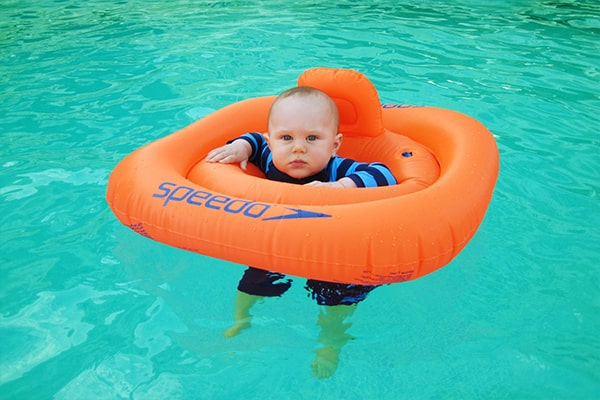

Algae control in the pool
Before tackling algae, it is worth verifying why the problem has occurred. Just because we manage to eradicate it now does not mean it will not return soon. After all, it's not about fighting windmills, but winning effectively.
If you don't have filtration, this is the reason why it is worth having it. In addition, the use of chemistry "by eye" or "as you are reminded" must be changed to "regular use as recommended". Not to mention cleaning the pool basin with brushes, vacuums and sponges.
In case you feel in good conscience that you have fulfilled your responsibilities as a pool owner. Check that the pump used is efficient, the filter is not dirty and that the water has the right parameters.
1. Clean and rinse the filter thoroughly
2. Check pH of water and adjust to between 7 and 7.4
3. Perform shock chlorination according to instructions on product package
4. Use coagulant to break up fouling into larger clusters
5. Mechanically remove fouling with vacuum cleaner or brush
Useful products
Pool hand vacuum set with hose, pole and brush MEGAPOOL
Preparations and remedies for algae in swimming pools
With poor pool care, the situation can recur. That's why it's a good idea to stock up on high-quality preparations and algaecides for your pool to prevent them from forming. The basic thing is to check and regulate the pH of the water. Only a correct pH level of 7-7.4 will make the chemicals effective.
The basis will be the use of multipurpose tablets. They come in the form of 200g or 20g discs. They contain multiple chemicals in them. This will save time and money, as we do not have to buy separate preparations. They contain mainly chlorine, but also a pH regulator, an algaecide and a crystalliser. Systematic use is a guarantee of crystal-clear water. The correct amount, according to the instructions, is poured into the skimmer or dosing buoy, and after dissolving, a new dose is added. One refill should last about two weeks. Also remember to shock chlorinate at least once a month.
Use a flocculant at the same time as the tablets. This preparation will clump dirt into larger clusters, making filtration and cleaning easier. As a result, the water will be crystal clear and not cloudy. The flocculant comes in convenient cartridges or pouches that are dropped into the water.
The above-mentioned preparations should be sufficient, but when the pool is located (as it probably is) in a very sunny place, it is worth using an additional prophylactic agent to fight algae. The sun accelerates their growth, so it does not hurt to use a so-called anti-algaecide prophylactically. Although you will find this remedy in the multifunctional tablets, it is worth increasing the dosage by applying an additional preparation once a week.
See the chemicals that inhibit algal growth in the pool known as Algaecides
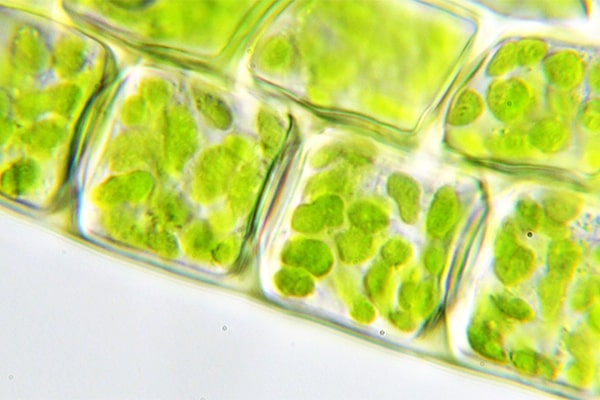
Green algae in the pool
This is the most common type and the most frequently occurring. It is characterised by being found in shallow pools, which is why it is a nightmare for pool owners. Fortunately, it's very easy to get rid of if you react very quickly. Chemicals and thorough cleaning of the pool are enough. They are not dangerous to health, but they create ideal conditions for the growth of pathogenic micro-organisms, and this is already a problem. The causes are inadequate care of the pool water, lack of or poor filtration and poor-quality chemicals.
Red algae in the pool
There are red algae in the ecosystem, they live at greater depths and are rarely found in pools. They are more of a bane to aquarists than to pool owners. However, there is a likelihood (albeit small) that they will enter the tank with the polluted water. Their occurrence is strongly dependent on the amount of phosphorus compounds in the water. Nevertheless, the elimination procedure for this type of algae is identical.

Expert Advises!
The way to avoid fighting algae is simple - proper filtration, the use of high-quality chemicals and mechanical cleaning of the pool basin.

Home remedies for algae in the pool
In this age of being eco, everyone wants to avoid using 'chemicals' as much as possible. When we get sick, we try to use old home remedies before we reach for medication. We also translate this into other areas of life. It is normal and natural that, with a water bath in mind, we do not want to use a huge amount of chemicals in it.
Unfortunately, we have some sad news for people who are looking for a home-made panacea to fight algae in the pool. There are NO home remedies for algae in the pool. On the Internet we can come across miracle remedies such as the use of Vitamin C, but their effect is short-lived, masking and harmful! Therefore, the only effective and safe (after all, we want to swim in this water, not just watch it) way to get rid of algae is to use pool chemicals.
There is no fear that high-quality water treatment chemicals are hazardous to health. If you follow the manufacturer's recommendations, you can rest easy. Regular use of chemicals, filtration and mechanical cleaning are the building blocks of pool care, so that we can enjoy crystal-clear water for a long time.
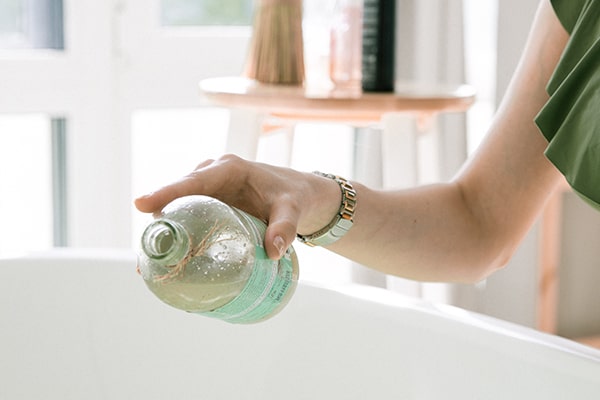
By the time the water turns green, the walls begin to be covered with biofilm, a slippery deposit.
Foaming water is unfortunately a side effect of anti-algaecides. However, manufacturers have started to produce special 'non-foaming' versions of their products for those with massage jets.
Nie, czasem woda robi się zielona po dodaniu chloru do wody z dużą ilością żelaza. Łatwo odróżnić to od glonów. Przy wodzie z dużą ilością związków metalicznych ścianki nie są śliskie. Woda zmienia kolor również niedługo po dodaniu chloru do wody.
Vitamin C is a common myth among pool owners. It originates from the fact that it actually gives a quick visual effect. However, this is a masking and temporary effect. In addition, the vitamin acidifies the water, thus exacerbating the problem.
FAQ - Questions and answers
Ask a POOLSYSTEM.PL specialist

Tomasz Tomkowicz
Pool Technology Specialist
Thank you for reading our article, if you have more questions or need more specialized help - write to me using the form.
Look for answers in our knowledge base
Jestem bardzo zadowolona z usług tej firmy. Każdy nam odmawiał pomocy, nawet firma montująca basen. Pool system zjawił się i doprowadził basen sprzed paru lat do stanu używalności, co więcej dokonał napraw uszczelniających co spowodowało ze basen stał się w pełni sprawny. Naprawdę polecam !

Bardzo miła i sympatyczna obsługa oraz fachowe doradztwo techniczne.

Bardzo profesjonalna i cierpliwa obsługa. Odbierają telefony, wszystko dokładnie wytłumaczą, wysyłają praktycznie na drugi dzień każdą część którą potrzebuje klient. Pan Krzysztof z serwisu rzetelnie podpowie co zrobić i jak rozwiązać swój basenowy problem, jeśli chcemy majstrować przy basenie sami. Pan Paweł i Marcin też skarbnica wiedzy technologii basenowej. Dobre ceny. Polecam firmę i pozdrawiam zespół POOLSYSTEM

Jak budujesz basen to to miejsce jest dla ciebie, osprzęt, doradztwo i miła obsługa.

Super obsługa doradzi pomoże,ceny na duży plus .Polecam

Bardzo mili ludzie, to naprawdę profesjonaliści. Nie lubię zakupów, ale spotkanie z Nimi było bardzo przyjemne.






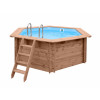
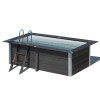
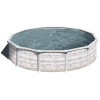
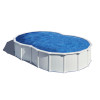
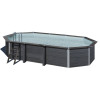
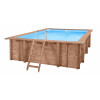
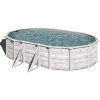
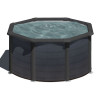








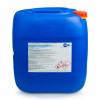
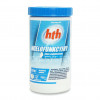
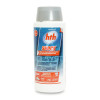
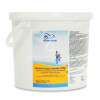
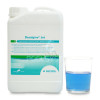
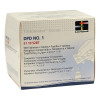










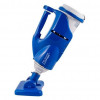




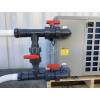













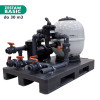
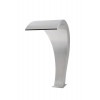
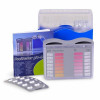
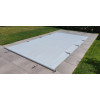












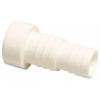
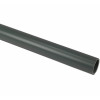
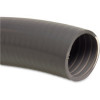
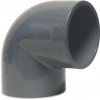
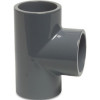

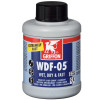
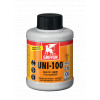







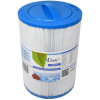
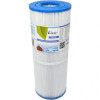
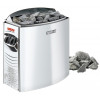




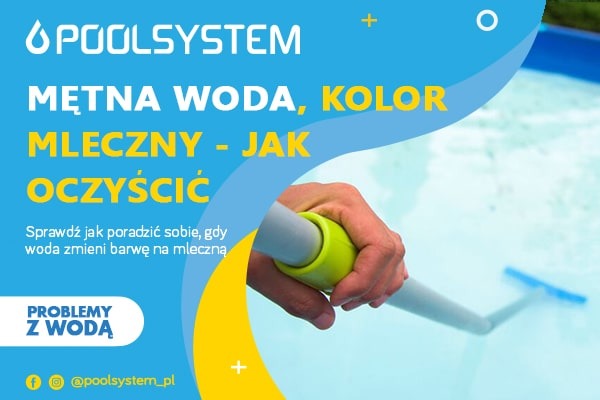

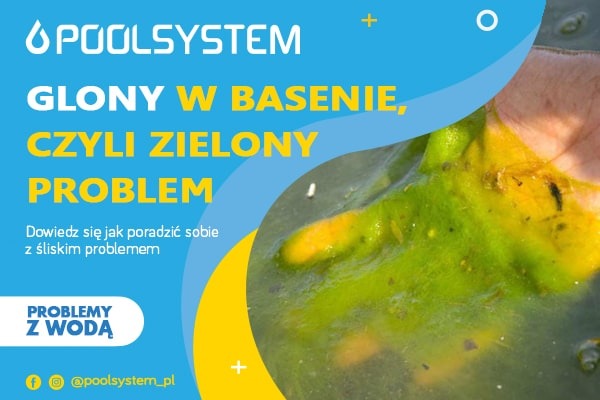
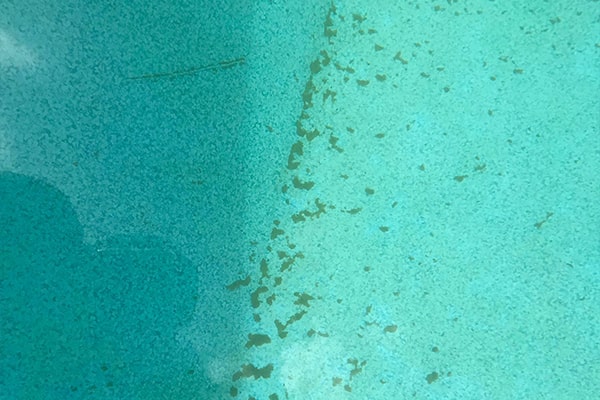

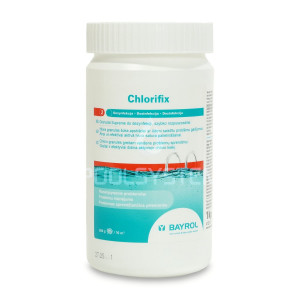

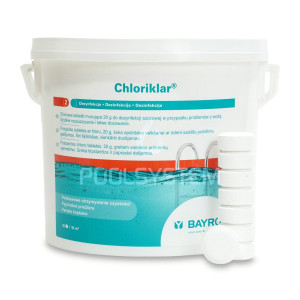

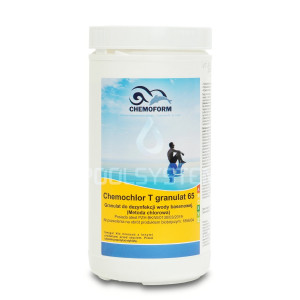

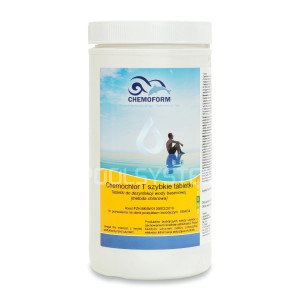







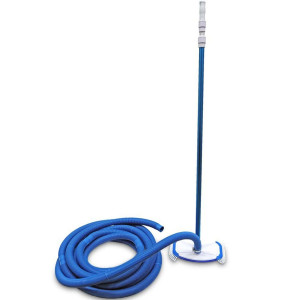

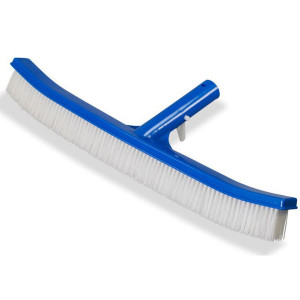

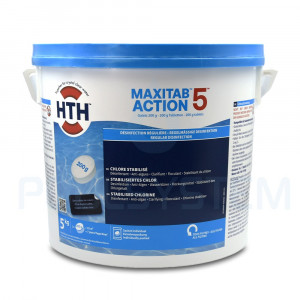

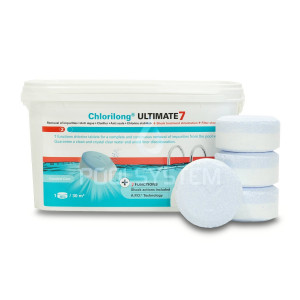

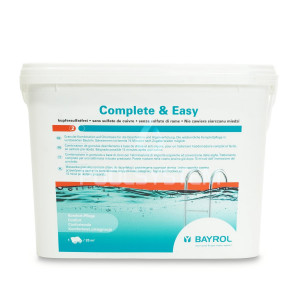





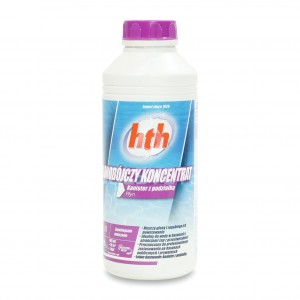
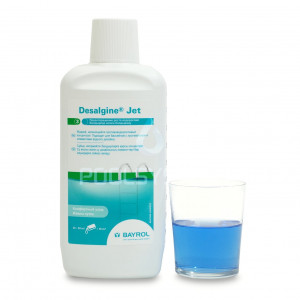

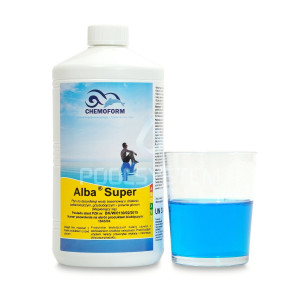

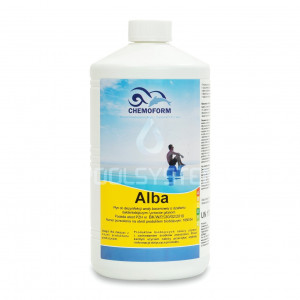

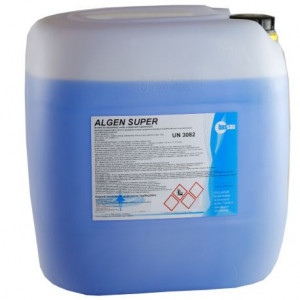
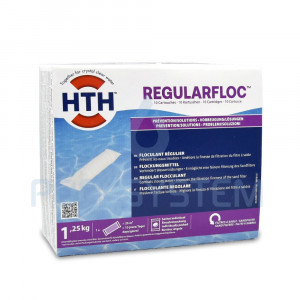

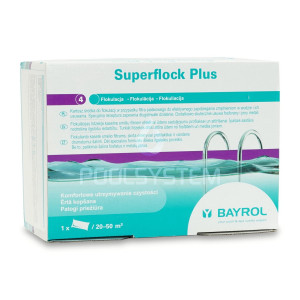

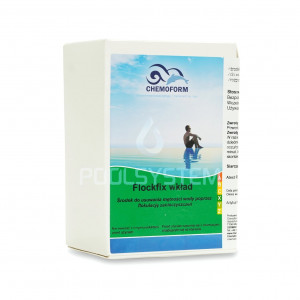
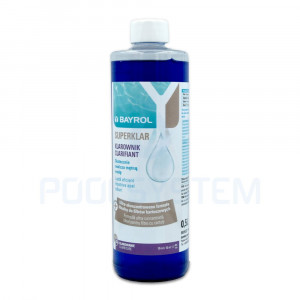

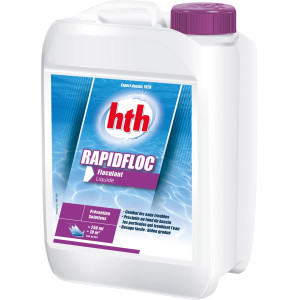
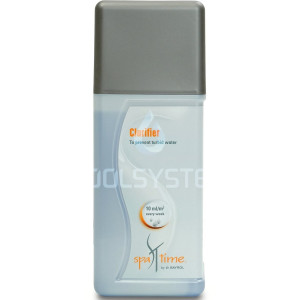

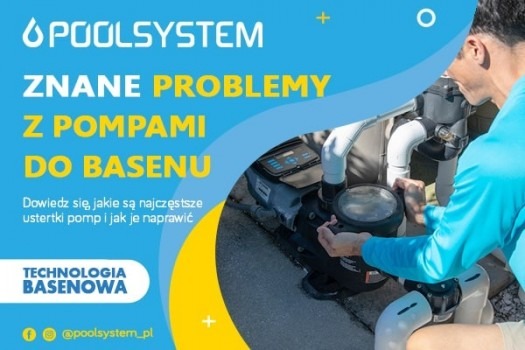
Comments (0)